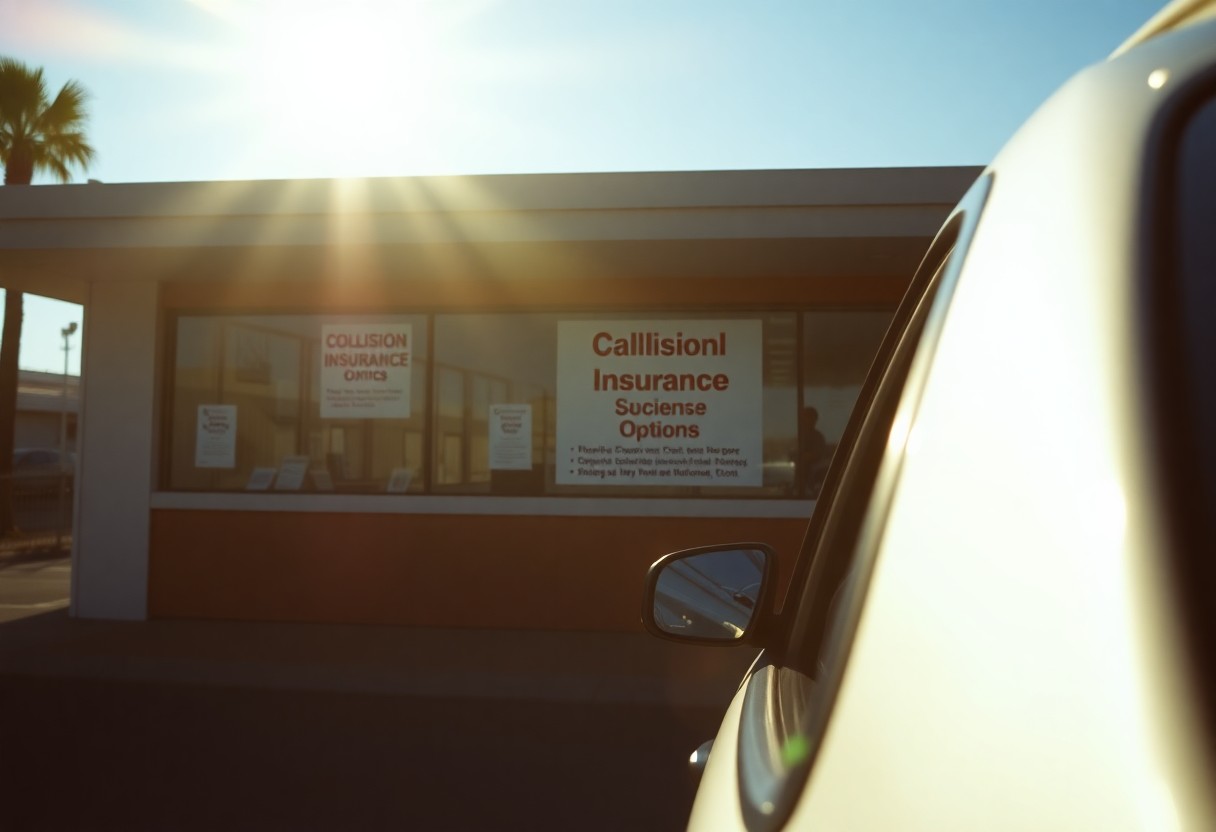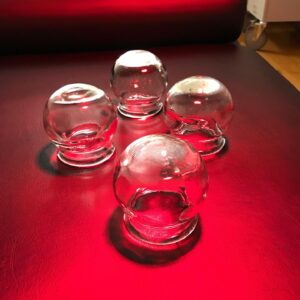Essential Air Conditioning Maintenance Tips to Prepare for Summer Heat
As the summer heat intensifies in Melbourne, it becomes increasingly important to ensure your air conditioning unit is fully prepared for optimal performance. These systems play a vital role in providing the cool comfort that we all desire during the sweltering summer months. However, neglecting regular maintenance can result in the accumulation of harmful agents such as mold, dust, and pet hair, which may adversely affect your family’s health. Therefore, keeping your air conditioning unit in top shape is not just about comfort; it’s crucial for creating a safe and healthy living environment throughout those scorching summer days. By prioritizing maintenance, you will not only safeguard against health risks but also improve your overall well-being and peace of mind.
Regardless of whether you are managing a household or overseeing a business, this comprehensive guide from Beyond Heating and Cooling will equip you with the necessary insights to keep your air conditioning system functioning at peak efficiency and reliability. By adopting a proactive approach to maintenance, you’ll reduce costs and ensure your comfort during the hot summer months ahead. Don’t wait for an unexpected malfunction—continue reading for expert advice and actionable strategies that will enable your air conditioning unit to combat the summer heat effectively and efficiently.
 Identifying and Correcting Common Air Conditioning Issues for Optimal Functionality
Identifying and Correcting Common Air Conditioning Issues for Optimal Functionality
Air conditioning systems can experience a variety of issues that hinder their performance and lead to costly repairs if not addressed promptly. Being vigilant in identifying these common challenges is essential for maintaining peak functionality. One prevalent issue is short cycling, where the system frequently turns on and off, putting undue stress on the compressor. This often results from clogged air filters that need immediate cleaning or replacement. If your air conditioner fails to cool your space effectively, consider factors such as dirty filters, malfunctioning thermostats, refrigerant leaks, or compressor failures that require urgent attention.
Moreover, pay attention to any unusual noises such as grinding, squealing, or vibrations, as these may indicate problems like worn bearings, misaligned fan blades, or a frozen coil that needs immediate intervention. Excessive moisture or leaking can signal issues with the condensate drain or refrigerant lines, which could lead to more significant complications if not resolved quickly. Additionally, built-up debris like pollen or pet hair can worsen allergies if the system is not cleaned regularly. If you notice sudden increases in your energy bills, it may be due to faulty motors, capacitors, or compressors. Regular maintenance and servicing are critical to preventing these issues and ensuring your air conditioning unit operates smoothly and efficiently throughout the summer.
Effective Techniques to Boost Your Air Conditioning Energy Efficiency This Summer
Reducing energy expenses during the hot summer months starts with implementing smart strategies that enhance your air conditioning system’s efficiency. Begin by sealing drafts: close any gaps in doors, windows, or walls that may allow cool air to escape, causing your system to work harder than necessary. Simple fixes like weatherstripping or caulking can lead to significant improvements in energy efficiency. Additionally, optimize your thermostat settings by using programmable thermostats that automatically adjust temperatures when you’re away or asleep, leading to substantial energy savings.
Keeping external heat at bay is also crucial; draw curtains and blinds during the hottest parts of the day to prevent unwanted heat from entering your home. By integrating these strategies into your summer routine, you’ll not only save money but also decrease your household’s overall environmental impact. If your air conditioning unit is an older model, consider upgrading to a more energy-efficient version. Have you explored the VEU rebate? This initiative can assist you in saving money while investing in a superior air conditioning solution, enhancing both your comfort and energy efficiency.
Understanding Safety and Legal Considerations for Air Conditioner Repairs
Attempting DIY repairs on air conditioning systems can pose significant legal and safety risks.
These systems require specialized knowledge for safe and effective installation, maintenance, and repairs. Without the appropriate training, tackling these tasks can lead to electric shocks, fires, or serious injuries. Furthermore, unauthorized repairs may void warranties or cause irreversible damage to your unit. Engaging licensed professionals guarantees you receive the expertise and tools necessary for accurately diagnosing issues and implementing effective solutions while ensuring the safety of your system. They can also provide invaluable advice on enhancing your air conditioner’s performance and longevity, ultimately saving you both time and money in the long run.
Investing in professional servicing not only safeguards your home but also guarantees compliance with relevant regulations, giving you peace of mind and confidence in the reliability of your air conditioning system throughout the summer season.
Maximizing Comfort and Efficiency from Your Air Conditioning System
While air conditioners are vital during the summer, inefficient use can lead to skyrocketing electricity bills. Understanding your unit’s settings is essential for achieving a balance between comfort and energy costs. Contrary to popular belief, running your air conditioner at maximum power isn’t the most effective approach. Overusing your unit can result in unnecessary energy waste and higher expenses. Take the time to familiarize yourself with the various settings available on your system; this knowledge empowers you to optimize its performance while maintaining a comfortable home environment without overspending.
This guide will offer insights into the most effective strategies for reducing costs while ensuring your living space remains pleasant during the hottest days of the year, making your summer experience much more enjoyable and cost-effective.
Best Practices for Air Conditioner Settings to Enhance Performance
Modern air conditioning systems are equipped with a range of settings designed to maximize both comfort and energy efficiency. For instance, the Sleep mode is ideal for nighttime use, adjusting temperatures to create a cozy atmosphere while conserving energy. The Comfort mode balances airflow and fan speed, providing consistent cooling or heating as needed. Features such as Eco mode and programmable timers allow you to tailor your system’s operation to fit your daily routines and preferences, ultimately enhancing your comfort while minimizing energy consumption.
Practical Applications of Air Conditioning Settings for Daily Comfort
Making the most of your air conditioning system’s features can greatly enhance your comfort while keeping energy costs manageable. Utilize the Sleep mode to adjust temperatures at night, promoting restful sleep while lowering energy use. The Eco mode is particularly beneficial during the day, reducing power consumption and minimizing environmental emissions. Timers are especially useful; set them to pre-cool your home before you wake up or return from work, ensuring a comfortable atmosphere awaits you. Use high-power settings like Powerful mode sparingly, reserving them for extreme heat conditions to prevent unnecessary strain on your system.
By implementing these settings, your air conditioning unit can operate efficiently without incurring excessive costs, leading to a more comfortable and enjoyable living space throughout the summer months.
Unlocking the Advantages of Efficient Air Conditioning Settings
Fully leveraging your air conditioner’s features not only results in significant cost savings but also fosters a more sustainable home environment. Settings such as Dry mode can improve indoor air quality by lowering humidity levels, which helps prevent mold growth and condensation. This mode effectively dehumidifies your home, contributing to greater comfort. Furthermore, utilizing Eco mode and programmable timers reduces energy consumption, thus decreasing your carbon footprint.
Advanced features like Wi-Fi connectivity enable you to control your system remotely, ensuring it operates only when necessary. By responsibly using these features, you contribute to a greener and more budget-friendly home, which benefits both your finances and the environment.
Beyond Heating and Cooling: Your Trusted Partner for Year-Round Comfort Solutions
Beyond Heating and Cooling provides invaluable resources to help you maintain an efficient and comfortable living space throughout the year. From addressing high energy bills to debunking common myths about solar energy, our insights empower homeowners to make informed choices that support sustainable living practices.
The Article: Air Conditioner Summer Readiness: Is Yours Prepared? first appeared on https://writebuff.com.
The Article Air Conditioner Preparedness: Get Ready for Summer! Was Found On https://limitsofstrategy.com














 Diverse Techniques and Strategies Offered in Anger Management Therapy
Diverse Techniques and Strategies Offered in Anger Management Therapy Ensuring Ongoing Success: Continued Support and Resources After Therapy
Ensuring Ongoing Success: Continued Support and Resources After Therapy

 Sophisticated Formal Updos: Exquisite Hairstyles for Elegant Occasions
Sophisticated Formal Updos: Exquisite Hairstyles for Elegant Occasions Gorgeous Prom Updos: Trendy and Glamorous Hairstyles for a Night to Remember
Gorgeous Prom Updos: Trendy and Glamorous Hairstyles for a Night to Remember Stylish Professional Work Updos: Chic Hairstyles for the Office Environment
Stylish Professional Work Updos: Chic Hairstyles for the Office Environment Playful Party Updos: Creative Hairstyles for Celebratory Events
Playful Party Updos: Creative Hairstyles for Celebratory Events